| Midsize car; Built in USA, Japan |
|
|
| Good condition price range: $2,200 – $8,200* |
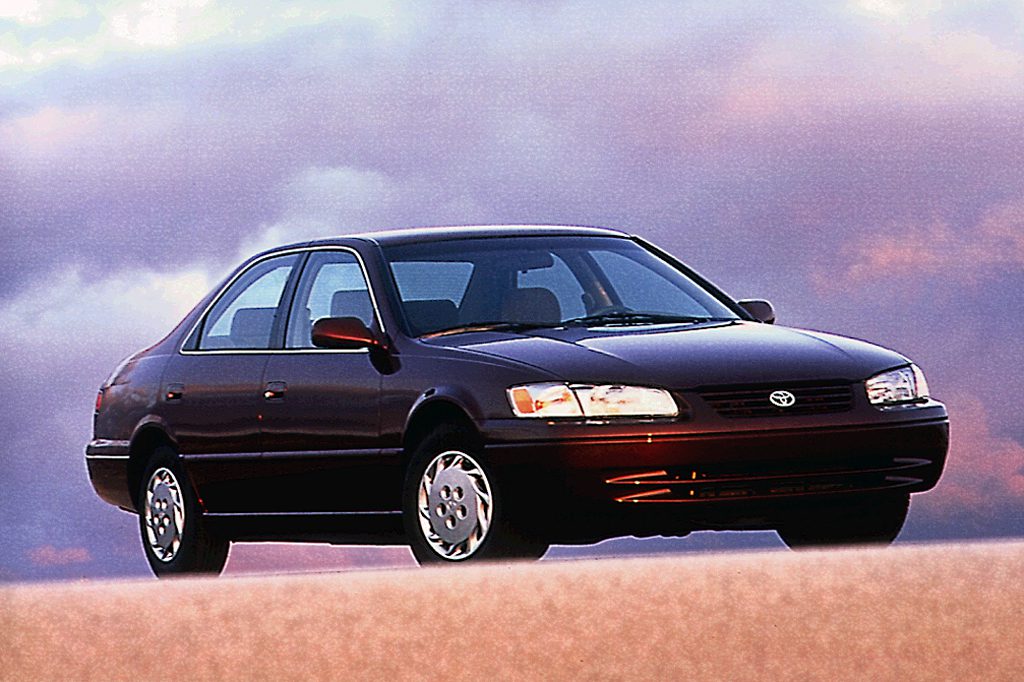
1998 Toyota Camry LE
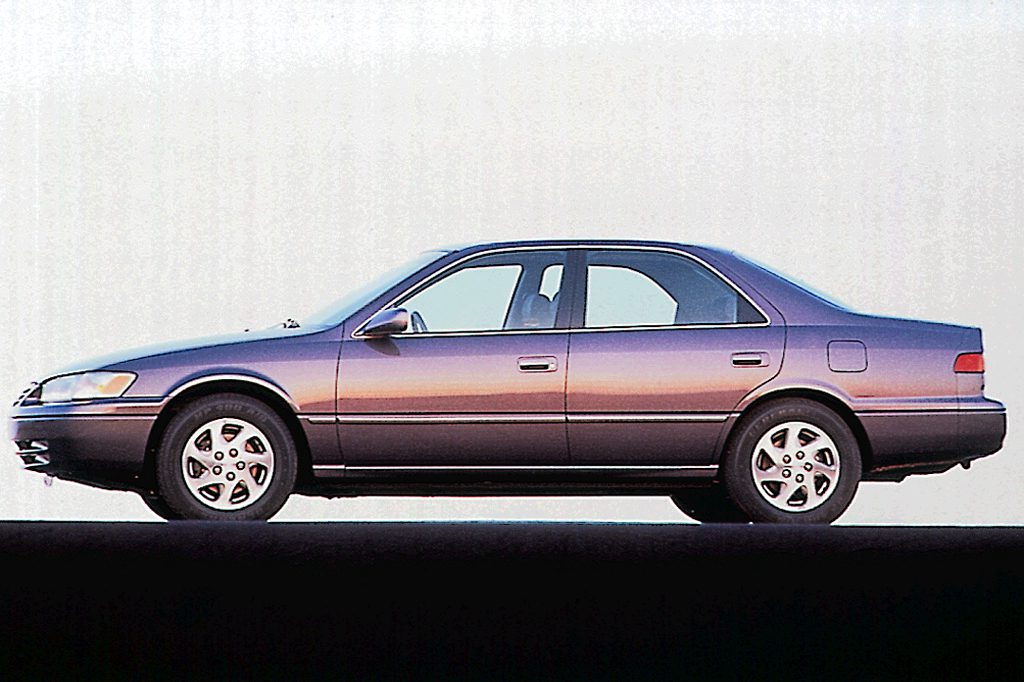
1998 Toyota Camry XLE V-6
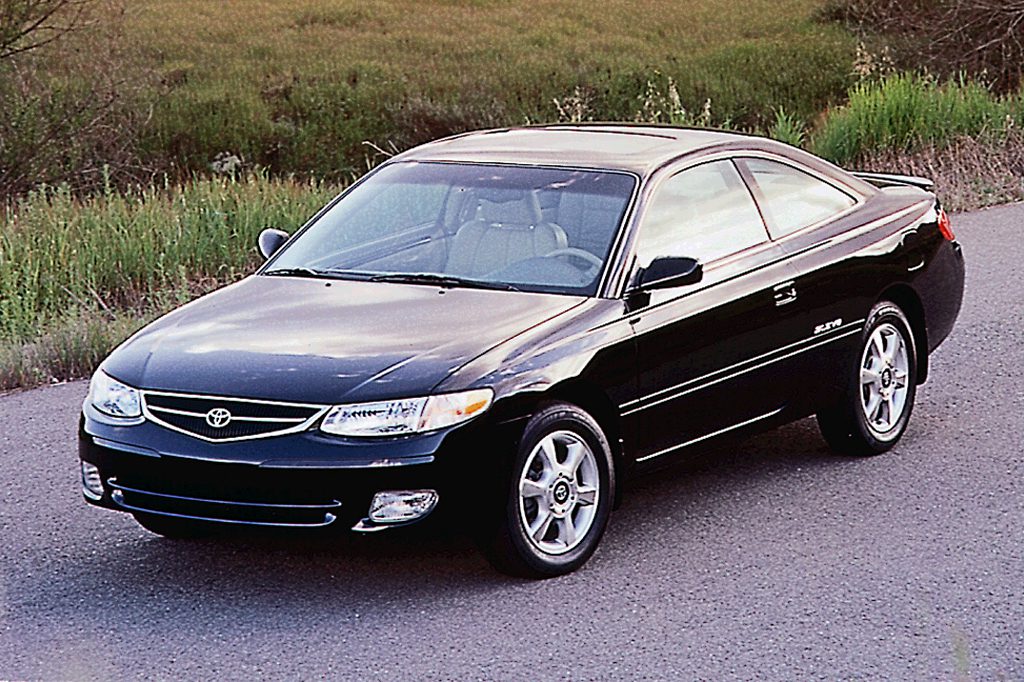
1999 Toyota Camry Solara SLE
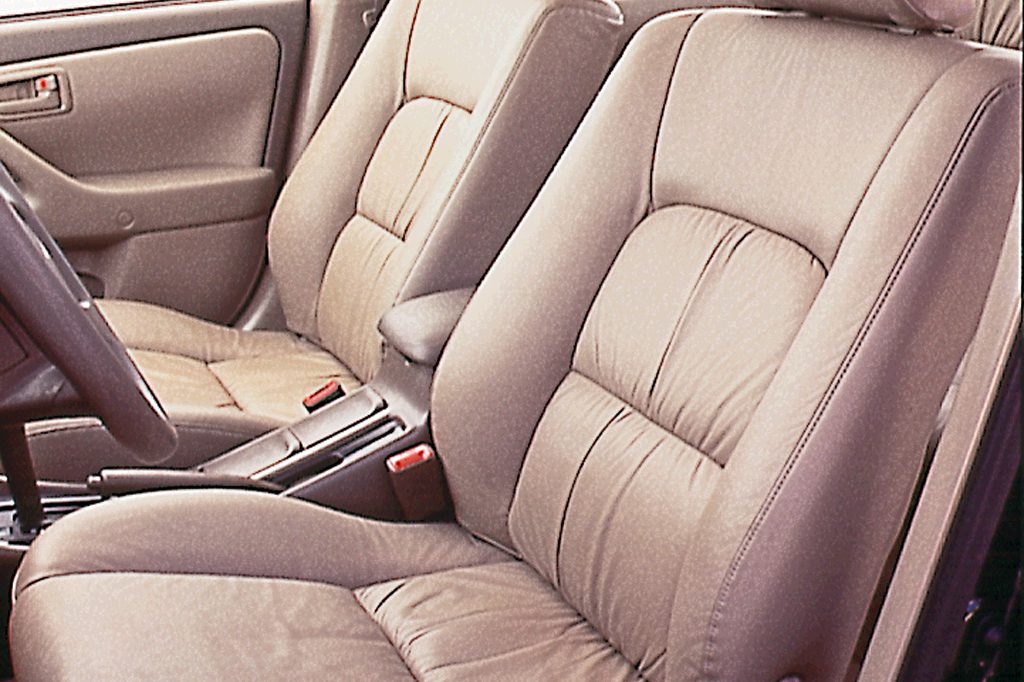
1997 Toyota Camry interior
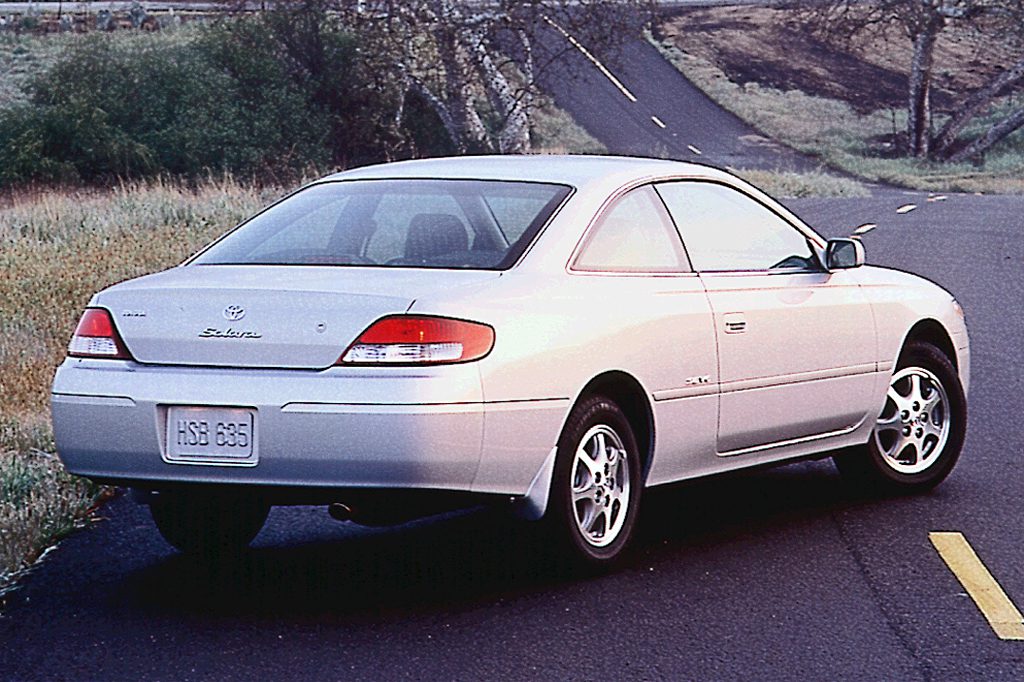
1999 Toyota Camry Solara SE
| Pros: |
|
| Cons: |
|
Tight, careful assembly quality helps make the Camry a top-notch value, and a top choice in a midsize family sedan.
Overview
When Toyota redesigned its mainstream model for 1997, it grew from compact to midsize. In addition, the former coupe and wagon body styles were deleted. All that remained was the 4-door sedan. Wheelbase grew by 2.1 inches. Other exterior and interior dimensions increased by less than an inch apiece. Weight rose only modestly, and cargo volume shrunk from 14.9 to 14.1 cubic feet. Sedans came in base CE, midrange LE, and top-line XLE trim, with a 2.2-liter 4-cylinder engine or 3.0-liter V6. An automatic transmission was standard, except for the 4-cylinder CE (where automatic was optional), and the V6 CE, which came only with manual shift. All Camrys had dual airbags. Antilock braking was optional on the 4-cylinder CE, but standard on other models. Sedans with the V6 engine had 4-wheel disc brakes, while 4-cylinder models halted with rear drums. A redesigned interior now had 3-point lap/shoulder belts at all five seating positions. Audio controls stood above the climate controls in the new instrument panel, and a low washer-fluid warning was added.
Yearly Updates
| 1998 Camry/Solara Seat-mounted side airbags became optional. |
| 1999 Camry/Solara A Camry Solara coupe joined the sedan this season. Unlike previous Camry coupes, the Solara had unique styling and chassis tuning. In base SE trim, the Solara had a 4-cylinder engine, with manual or automatic transmission, but the SLE coupe had the V6 and automatic. Solara engines were slightly more powerful than those installed in Camry sedans. |
| 2000 Camry/Solara Camry grilles, bumpers, and taillights were new, along with multireflector headlamps and self-propping hoods. XLE models added imitation wood interior trim, and the XLE V6 adopted standard 16-inch wheels. The CE’s 4-cylinder engine gained 3 horsepower. A Solara convertible joined the coupe in midseason, in three versions: 4-cylinder SE, SE V6, and SLE. |
| 2001 Camry/Solara For 2001, a new Gallery Series package dressed up LEs with 2-tone paint and cloth interior, leather-wrapped steering wheel and shift knob, among other trim items. CE models replaced 14-inch tires and a compact spare with 15-inch wheels and a full-size spare. |
| 2002 Solara Camry was redesigned in 2002, but Toyota continued to sell the Solara for two more years on the existing platform. The only significant change for ’02 to the Solara was a switch to a new 4-cylinder engine. Now displacing 2.4 liters, it made 157 horsepower, up from 138 a year prior. |
| 2003 Solara Solara was unchanged for ’03. A new model would debut in 2004. |
